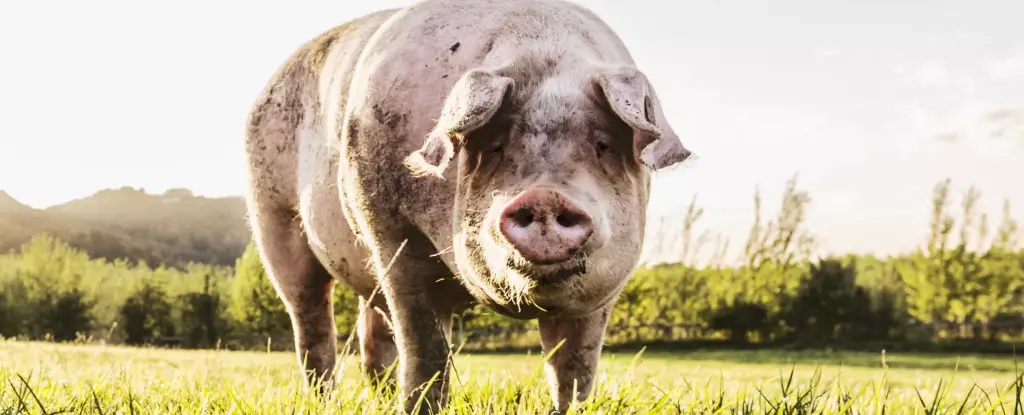In a striking development, officials in Oregon announced that a pig from a backyard farm has tested positive for the H5N1 strain of avian flu, marking the first confirmed case of this kind in the United States. This revelation comes just days after poultry on the same premises were also found to be infected with this highly contagious virus. The situation has prompted immediate responses from the US Department of Agriculture (USDA), which has reported that the infected pig was asymptomatic, revealing no signs of illness.
The USDA has clarified that the farm in question operates as a non-commercial entity, with no intention to supply animals for commercial food production. Therefore, the public’s ingestion of pork products is not considered at risk due to this incident. Despite this assurance, the euthanasia of the infected pig, along with four other pigs on the farm, has been initiated as a precautionary measure. This action aims to facilitate thorough diagnostic analysis, enhancing our understanding of how H5N1 is transmitted between species.
The biosecurity protocols on the farm are critical, as the infected pigs shared living quarters, equipment, and water resources with poultry. Such close proximity raises alarms regarding possible interspecies transmission. The situation is being closely monitored; other livestock, including sheep and goats, are currently under surveillance to ascertain the extent of the outbreak.
Public Health Implications
Public health experts have expressed growing concern regarding the rising incidence of avian flu in mammals, including this unexpected case in pigs. The fear is that an increase in avian flu cases among mammals may lead to the development of a variant of the virus that could effectively transmit from animals to humans. However, the USDA stated that genetic testing of the poultry samples on the farm has not shown any mutations that would suggest the virus is evolving to become more transmissible to humans. This is a crucial point that helps mitigate fears surrounding the potential zoonotic risks posed by H5N1.
Furthermore, the USDA is conducting genomic sequencing of the pig sample to determine its specific viral structure and behavior. This information is vital in understanding how such viruses operate and evolve, along with assessing risks associated with human health.
As authorities continue to quarantine the farm, it will be essential to maintain rigorous surveillance measures. The ongoing situation underscores a larger narrative regarding the intersection of wildlife, domestic animals, and public health. Awareness and preparedness are paramount as agricultural practices and animal husbandry evolve in response to the risks posed by infectious diseases.
While there is currently no threat to the pork supply and public health may not be immediately at risk, careful monitoring and scientific investigation are essential to ensuring that this situation remains contained. As experts continue to analyze the implications of this incident, the interplay between animal health and human safety will remain a vital area of focus.


Leave a Reply